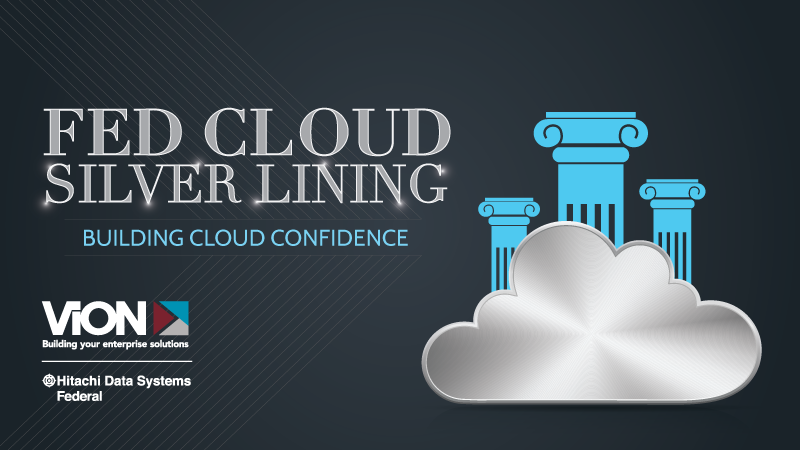The Cost of Cloud: Covering All Your Bases

To score a home run, you have to cover all the bases. But getting from start to finish is harder than it looks. For Federal agencies, hitting IT out of the park is even more difficult due to budget constraints, lengthy procurement processes, and staffing difficulties.
And, as agencies continue to spend 79 percent of IT budgets – or $62 billion annually – on legacy systems, the window for innovation decreases every day.
Federal mandates like FITARA are stepping up to the plate, and Federal IT leaders are looking to cloud migration as a key to increased efficiency, innovation, and cost savings. Feds point to the opportunity to realize an estimated $12 billion in potential cloud savings through cutting duplicative and wasteful spending.
But here’s the catch – 73 percent of Feds say budgets hold them back from updating legacy systems.
So how can agencies stay ahead of the curve?
Most agencies jump directly into price evaluation as the first step in the cloud procurement process. It is critical that agencies first identify cloud goals, ensure the right solution design – and then dive into cloud cost. For example, what mission challenges is your agency facing? What problems do you need to solve? What are your security needs?
Agencies also need to keep physical space and environmental factors in mind. Who needs access and how often? This area is often overlooked when considering cloud options and planning cloud costs. What are the performance and availability requirements? What kind of SLA’s do you need? How fast will the cloud provider respond if there is an issue?
Last but not least, agencies must determine whether they have the right skills on board – or alternatively, be prepared to leverage outside resources to manage their cloud infrastructure.
When it comes to overall price, many assume public cloud is cheaper than private. This is not always the case.
Typical public cloud implementations meter charges based on an input/output (I/O) rate. With private cloud, the necessary network infrastructure is included – and there will rarely be additional charges based on fluctuating I/O rate – which means more predictable costs.
Plus, private cloud storage can be customized. Flash, SATA, thin provisioning, and many other techniques can be leveraged to control costs and drive performance. Often as the storage environment scales up, or as the performance requirements increase, private cloud will be a better choice. The key is to define requirements completely, then build the right solution from there.
With the private cloud environment, qualified CSPs can tell agencies the most they’ll ever spend, cap that number, and give the CIO the opportunity to block additional spending. This is typically not the case with public cloud, where forecasting costs is more difficult – and there are often significant charges involved if an agency wants to remove its data.
At ViON, our cloud pricing model provides agencies with the option of adding more capacity – but still only pay for what they use.
We help agencies balance cloud costs and data access/data sharing needs to identify the right option. We begin with defining the requirements, considering all factors impacting costs, and identifying which cloud model is right (and most cost effective) for your agency. You can deliver more flexible, responsive IT services to your teams, improve citizen service, and enhance visibility, control, and efficiency.
And that’s the real silver lining.
This blog post was originally published here.
